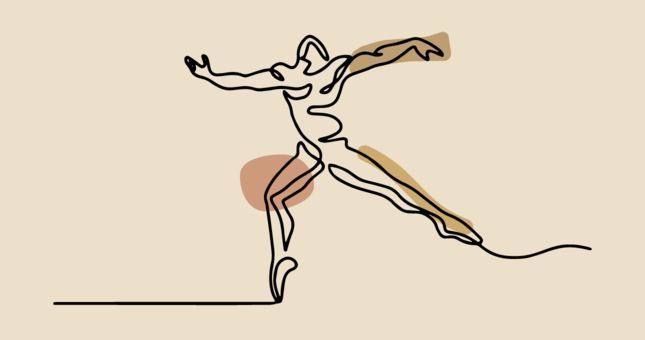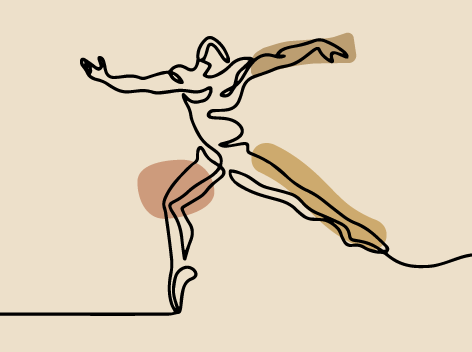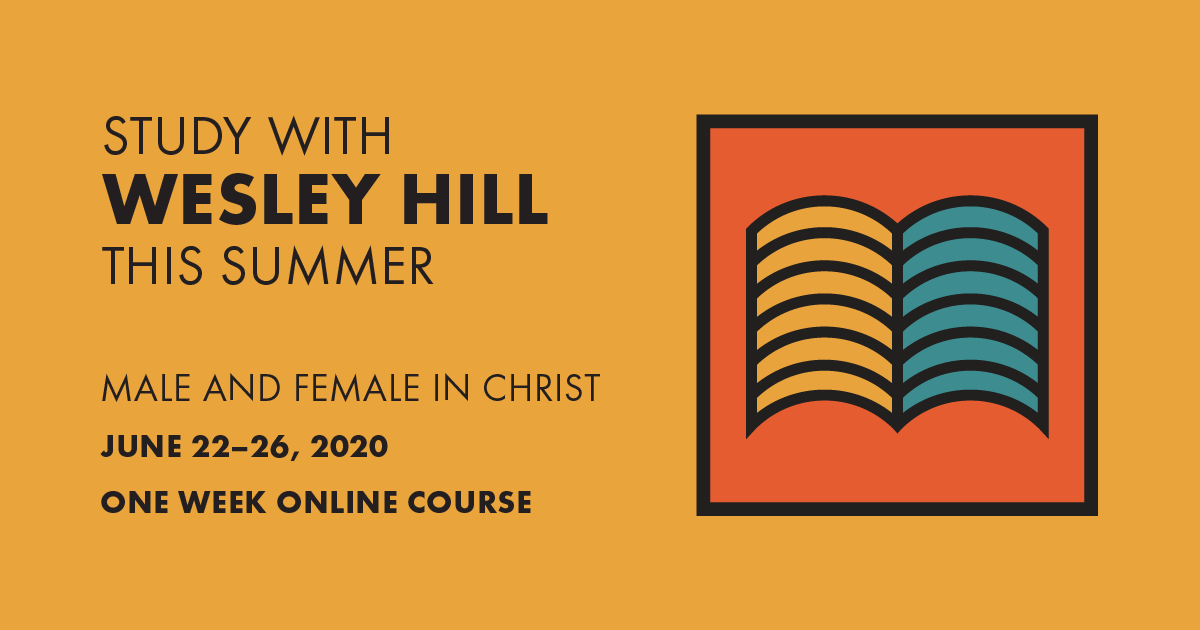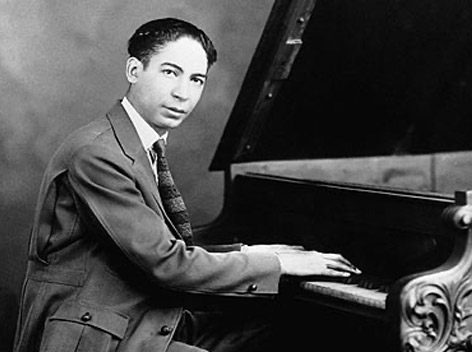
Micah Hill
Insights from a Physiotherapist on Living In and Not In Spite of Our Bodies
Scriptural and scientific insight on how to embrace the richness and agony of embodied life.
A woman walks from the waiting area into my clinic room donning a nervous smile underneath weary and worried eyes. I can almost hear her thoughts: “What is wrong?” “Am I the only one?” “Why is this happening?” “What am I going to do?” As a pelvic health physiotherapist, I care for people with bowel, bladder, sexual, reproductive, and pain-related issues, as well as any distress that may come with them. This woman’s unspoken questions reflect the reciprocal relationships of physical, emotional, social, and spiritual factors in our experiences, especially those having to do with our bodies.
These reciprocal relationships reflect the larger reality of our embodiment—the understanding that our humanness is an inextricable integration of our physical aspects (muscles, nerves, organs, etc.) and our metaphysical aspects (thoughts, emotions, memories, etc.). Further, they reflect an inherent engagement with others and with the world.[1] Being embodied can be joyful in many respects, but it is not without challenges, particularly when we are confronted with physical limits, both great and small. Lately, I’ve caught myself wishing I didn’t need as much sleep, daydreaming about switching out my lower back with a new one, and skipping a meal because “I have more important things to do.” In other words, I feel if I could change my body or how it functions, I could be more of what a human is supposed to be.
Then, I pause. I bear in mind my ongoing task as a Christian and a clinician: to understand the body as integral to the human experience rather than an impediment to it. While we often say “You’re only human” in the face of disappointment or failure, Scripture and science can help us navigate what it is to be only, and remarkably, human in both the richness and agony of embodied life.
We see firsthand from Jesus’s life that embodiment can be as marvelous as it can be excruciating. In becoming flesh and making “his dwelling among us,” Jesus lived an embodied life, engaged in a particular time and place (John 1:14). The Incarnation—the integration of God and humanity, heavenly and earthly, spiritual and material in Jesus—would have been radical to both the Greco-Roman tradition, in its merging of opposing natures, and the Jewish tradition, in its breach of the creature and Creator distinction.[2] In truth, it remains radical. Jesus, as God embodied, had a mouth, hands, knees, feet, and a pelvis. He spoke to, ate with, walked alongside, got angry at, cried for, touched, and withdrew from. He felt hungry, thirsty, fatigue, sadness, joy, and pain. In having to be in one place at one time, he healed many, but not all. Jesus lived out the paradox of the fullness and bounds of humanity, not in spite of his body but in it.
Jesus’s body was also integral to his resurrection and lays the foundation for ours (1 Cor 15:20-23). He urges his disciples to touch him and recognize the scars on his body in order to affirm he is not a ghost (Luke 24:39). Though different, he remained embodied. Gordon Fee, expounding on Paul’s metaphor of a seed in 1 Corinthians 15, writes, “As with Christ, the same yet not the same; this body, but adapted to the new conditions of heavenly existence; sown one way, it is raised another, but the same body is sown and raised.”[3] As with Christ, so with us, there will be continuity between old and new, present and future, creation and the new creation.
Jesus’s life and resurrection as God in flesh introduce ultimate hope for the embodied human experience. Yet, until this hope is fully realized, our journey in “the now and not yet” is one of participating in the renewal of the kingdom in the midst of brokenness and suffering. Scripture affirms our bodies matter to this endeavor. They matter now and eternally, physically and spiritually, in their function and dysfunction, in their similarities and differences, and in their future renewal and present need. Yet, it is one thing to engage with this concept when we enjoy an amazing meal, achieve a new personal record, or make love; it is another when we have a chronic illness, lose someone, or live with persistent pain. How do we maintain the understanding that our body is integral to our experience rather than an impediment to it as we find ourselves in moments, seasons, and lifetimes of hardship?
As a starting point, John Swinton, drawing on Deborah Creamer’s work, identifies a distinction between “limitations” and “limits.” He suggests limitations are “things that prevent one from enjoying the fullness of life,” whereas limits “need not be equated into problems” because they are “neutral and universal attributes of human beings.”[4] While not always black and white, this distinction helps reorient our perspective on our embodiment in three ways. First, it calls for an attitude shift around how we engage with our bodily needs. Rather than seeing our limits as a weight that drags us down, can we receive them as an anchor that grounds us and helps us thrive? Second, it encourages us to make room for the limitations we experience, as Jesus did towards the end of his life (Luke 22:41-44). Third, it invites us to uphold others in their suffering—to lighten the experience of their burden whether or not the burden itself can be removed. In the end, embodied life—as modeled by Jesus—means tending to both our limits and limitations.
Clinical research supports the need to attend to our embodied limits and limitations as well. Many areas of practice are recognizing the necessity of a biopsychosocial—and sometimes spiritual—approach to our care and healing. As a physiotherapist, I see this the most in pain science, where more attention is being given to factors such as sleep, nutrition, mood, social support, and thought patterns. While most of us understand these factors to be one-directional (pain negatively impacts sleep, stress, relationships, mood, etc.), they are in fact bi-directional in nature. For the woman sitting before me in my clinic room, compassion in her marriage impacts her pain with intercourse and vice versa; her anxiety impacts her bladder control and vice versa; her fear of movement impacts her ability to lift her child and vice versa. Our physiology influences our psychology as much as our psychology influences our physiology.[5] Thus, tending to our limits and being tended to in our limitations are both pivotal.
Given the connection between our physiology and our psychology, much of my guidance in the clinic begins with building awareness—awareness of the pelvic muscles and their movement, of the way stress affects the body, of thought patterns during painful encounters, or of areas that may need the help of other providers. I believe attending to one’s body, or thoughts about one’s body, differently is the most rewarding and most challenging thing I ask people to do. My clients show incredible courage in this regard, since these shifts are more than “self-care.” In a way, they are powerful acts of resistance to the notion that our body impedes the human experience. These small acts over time acknowledge and recognize that the body is integral to our experiences while leaving space for the reality that it can and may always be a source of struggle.
One of the first awareness exercises the woman in my clinic room goes home with is breathing. Slow, deep breathing has been found useful for improving attention, stress, mood,[6] as well as pain.[7] Part of this effect is physiological: the exhalation (blowing out) portion of a breathing exercise is shown to activate the “rest and digest” response in our nervous systems.[8] This process counteracts the “fight, flight, or freeze” response, which is important to our survival, but in a prolonged state of activation can contribute to many of our negative physical and psychological experiences.[9]
Fittingly, breath is an often-cited descriptor for life in Scripture. The image of our Creator breathing or blowing the “breath of life” into humanity (Gen 2:7) and other creatures (Gen 7:22) is echoed in many passages. For instance, Isaiah proclaims the Lord as “the Creator of the heavens…who gives breath to [the earth’s] people, and life to those who walk on it” (Isa 42:5). Paul declares, God “gives everyone life and breath and everything else” (Acts 17:25). Regarding the very name of God (YHWH or Yahweh), Richard Rohr provides a beautiful reflection:
Formally the word was not spoken at all, but breathed! Many are convinced that its correct pronunciation is an attempt to replicate and imitate the very sound of inhalation [“yah”] and exhalation [“weh”]. The one thing we do every moment of our lives is therefore to speak the name of God. This makes it our first and last word as we enter and leave the world.[10]
All in all, something as simple as taking the time for intentional, slow, deep breaths every day can be an act of resistance, resilience, and reverence. It is one way we can acknowledge and attend to our limits as well as our limitations.
For the woman in my clinic room, considering her body anew is deeply important, as it will begin and fuel her journey of healing. The same can be said for all of us, however our journeys might look. Ultimately, both Scripture and science invite an attitude shift in our thinking and living around the realities of being human and being embodied. Jesus embodied humanity as it is—joyful, agonizing, complex, limited—and what it can be—redeemed. We should too.
Also in this issue: Regent's longtime Webmaster, Ken McAllister shares how his decades-long struggle with a severe form of inflammatory arthritis has shaped his faith. Read here.
[1] Mihaela Launeanu and Janelle L. Kwee, “Embodiment: A Non-Dualistic and Existential Perspective on Understanding and Treating Disordered Eating,” in Embodiment and Eating Disorders: Theory, Research, Prevention and Treatment, ed. Hillary L. McBride and Janelle L. Kwee (New York: Taylor & Francis, 2019), 35-36.
[2] Andrew T. Lincoln, The Gospel According to Saint John, Black’s New Testament Commentary (New York: Continuum, 2005), 104.
[3] Gordon Fee, The First Epistle to the Corinthians, The New International Commentary on The New Testament (Grand Rapids: William B. Eerdmans Publishing Co., 1987), 777.
[4] John Swinton, “Who Is the God We Worship? Theologies of Disability; Challenges and New Possibilities,” International Journal of Practical Theology 14, no. 12 (2011): 289-90.
[5] Robert M. Sapolsky, Why Zebras Don’t Get Ulcers, 3rd ed. (New York: Owl Books, 2004), 418.
[6] Xiao Ma et al., “The Effect of Diaphragmatic Breathing on Attention, Negative Affect, and Stress in Healthy Adults,” Frontiers in Psychology 8, no. 874 (2017): 1–12.
[7] Volker Busch et al., “The Effect of Deep and Slow Breathing on Pain Perception, Autonomic Activity, and Mood Processing—An Experimental Study,” Pain Medicine 13, no. 2 (2012): 215–28.
[8] Ibid.
[9] Bessel van der Kolk, The Body Keeps the Score: Mind, Brain and Body in the Transformation of Trauma (London: Penguin Books, 2014), 62-64.
[10] Richard Rohr, The Naked Now: Learning to See as the Mystics See (New York: The Crossroad Publishing Company, 2009), 25-26, citing David Abram regarding the link to inhalation and exhalation.



